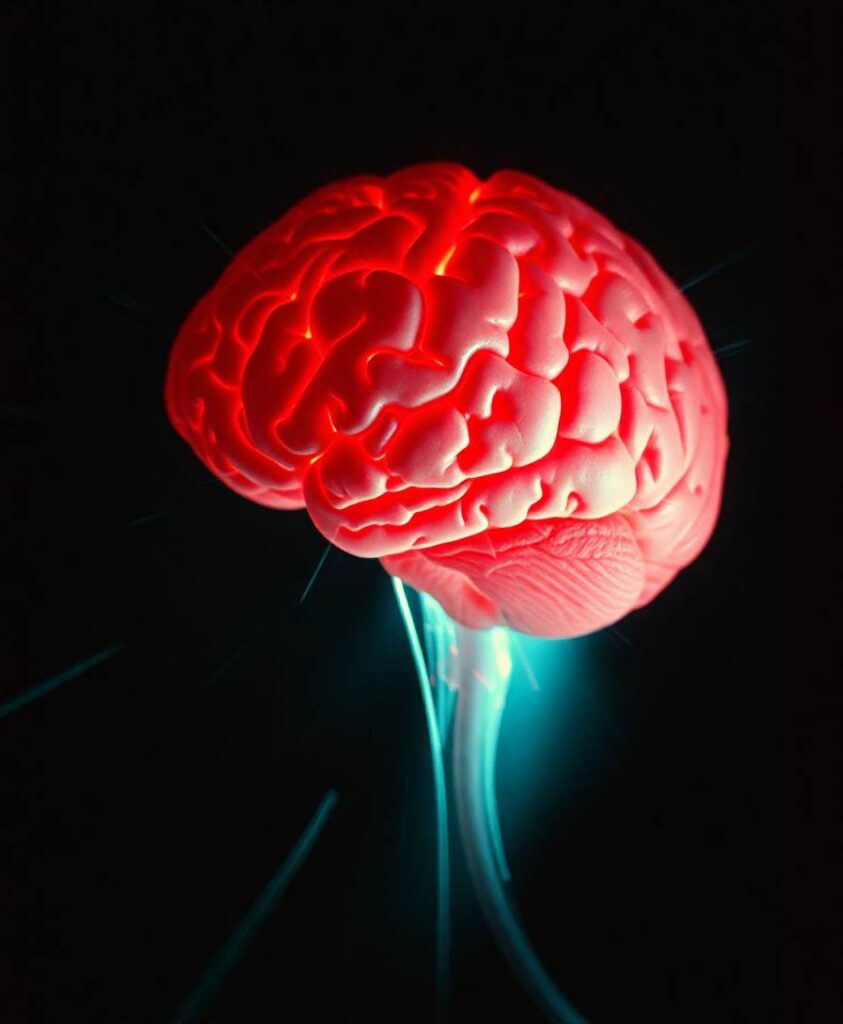The UCSF researchers’ Network Diffusion Model represents a breakthrough in understanding how neurodegenerative diseases spread through our neural pathways. By mapping how tau proteins travel and interact with specific genetic networks, scientists are moving beyond traditional diagnostic approaches. This work suggests that our brains aren’t passive victims, but active participants with sophisticated protective strategies we’re only beginning to comprehend.
For anyone touched by neurodegenerative diseases—whether as a researcher, caregiver, or family member—this research offers a beacon of hope. By identifying genetic categories that influence brain vulnerability and resilience, we’re opening new doors to potential interventions. The study transforms our understanding from viewing Alzheimer’s as an inevitable decline to recognizing it as a complex biological process with potential points of strategic intervention.
Scientists at UCSF combined advanced brain-network modeling, genetics, and imaging to reveal how tau protein travels through neural highways and how certain genes either accelerate its toxic journey or shield brain regions from damage. Their extended Network Diffusion Model pinpoints four gene categories that govern vulnerability or resilience, reshaping our view of Alzheimer’s progression and spotlighting fresh therapeutic targets.




